
How to Use VL53L8CX Time-of-Flight 8×8-Zone Distance Sensor Carrier with Voltage Regulators: Examples, Pinouts, and Specs
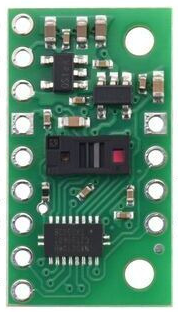
 Design with VL53L8CX Time-of-Flight 8×8-Zone Distance Sensor Carrier with Voltage Regulators in Cirkit Designer
Design with VL53L8CX Time-of-Flight 8×8-Zone Distance Sensor Carrier with Voltage Regulators in Cirkit DesignerIntroduction
The VL53L8CX Time-of-Flight (ToF) sensor by Pololu is an advanced laser-ranging module that is capable of measuring distances by timing the delay of a light signal as it reflects off a surface and returns to the sensor. This particular model features an 8×8 zone detection grid, allowing for spatial resolution in the measurements it provides. It is equipped with voltage regulators, making it robust against power supply variations. Common applications include robotics for obstacle detection, user presence detection in smart devices, and general-purpose proximity sensing.
Explore Projects Built with VL53L8CX Time-of-Flight 8×8-Zone Distance Sensor Carrier with Voltage Regulators
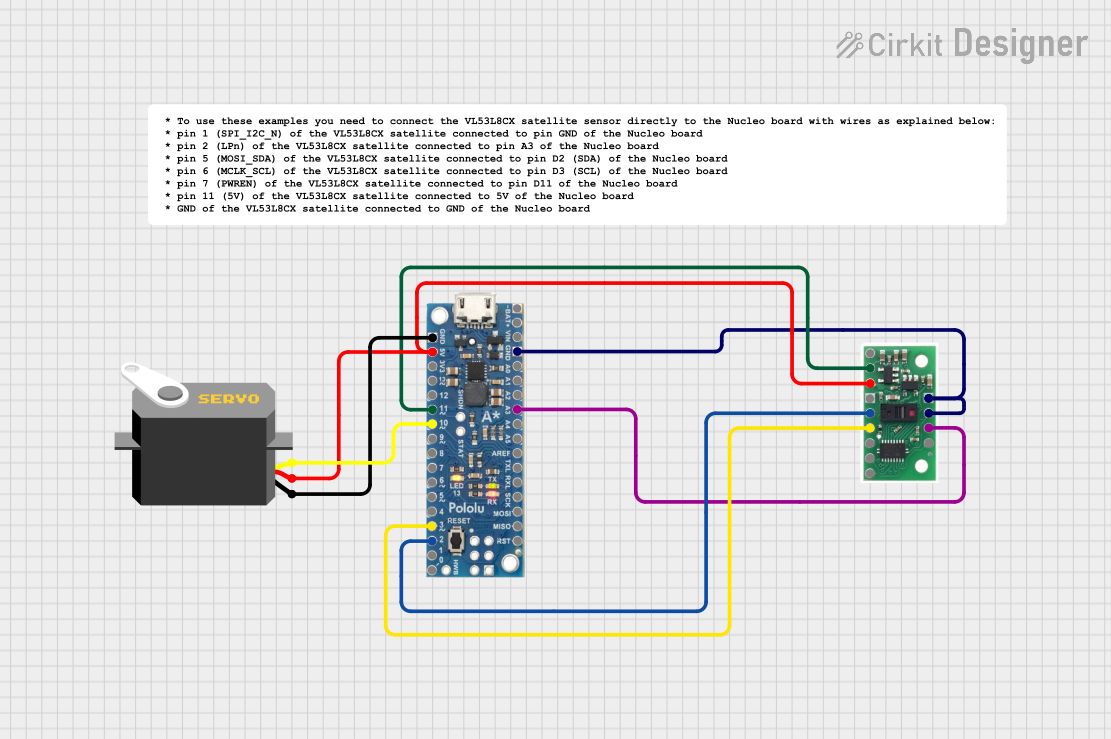
 Open Project in Cirkit Designer
Open Project in Cirkit Designer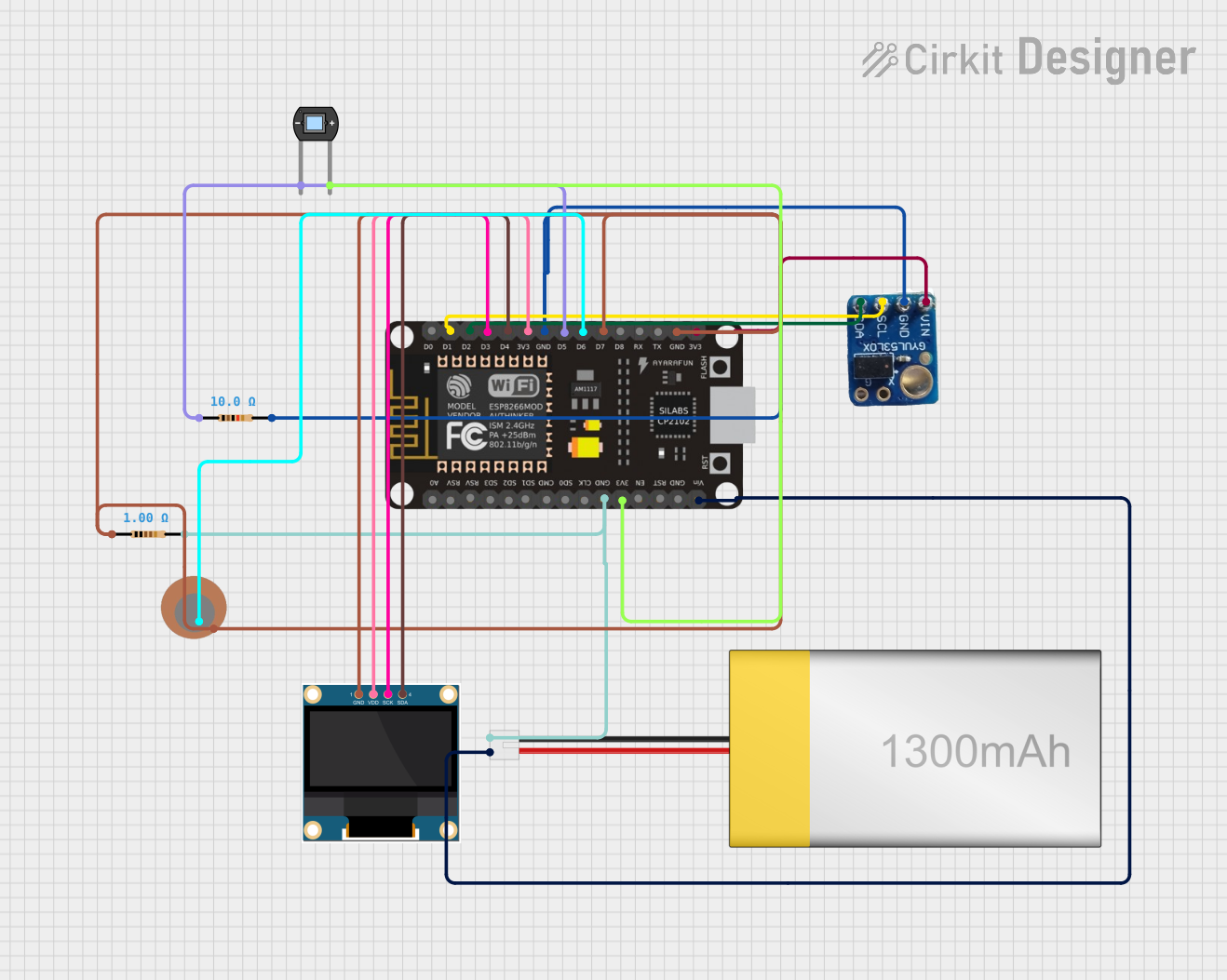
 Open Project in Cirkit Designer
Open Project in Cirkit Designer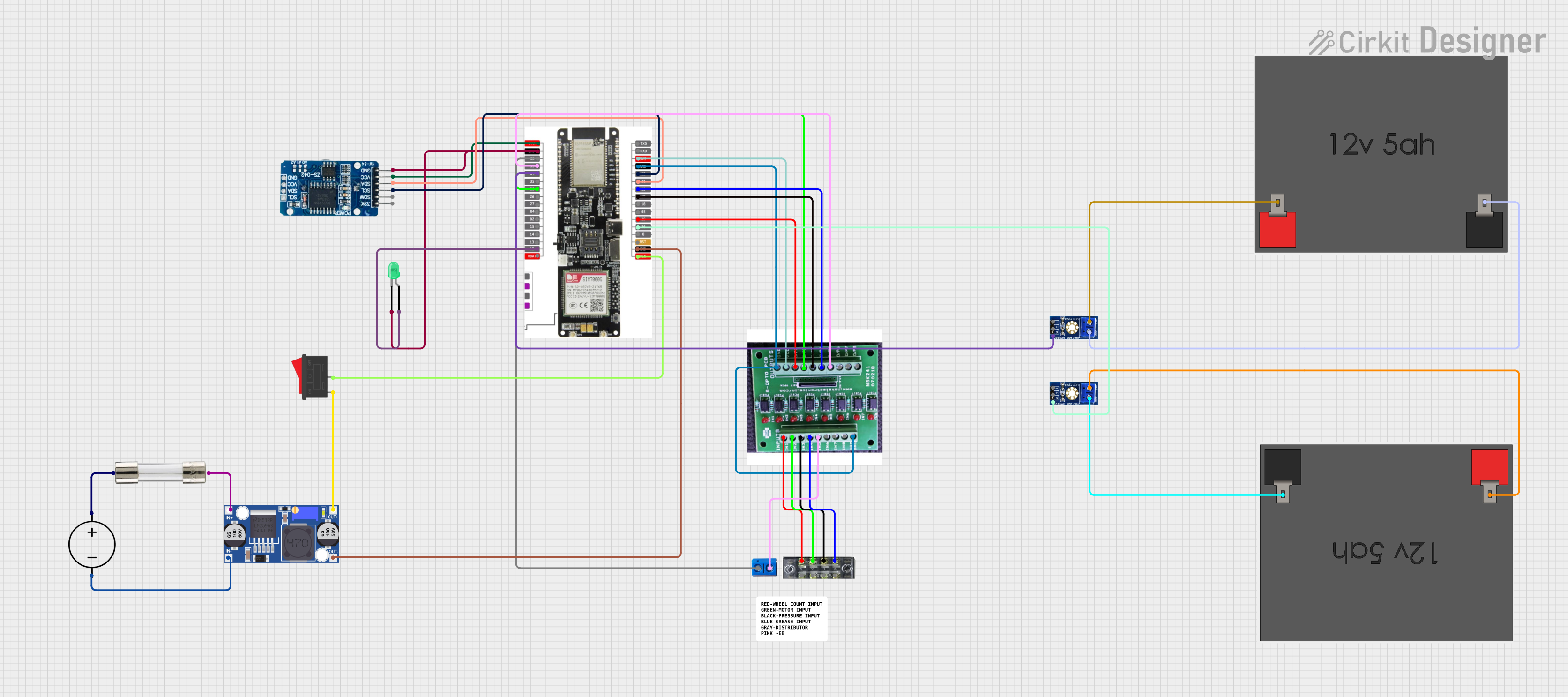
 Open Project in Cirkit Designer
Open Project in Cirkit Designer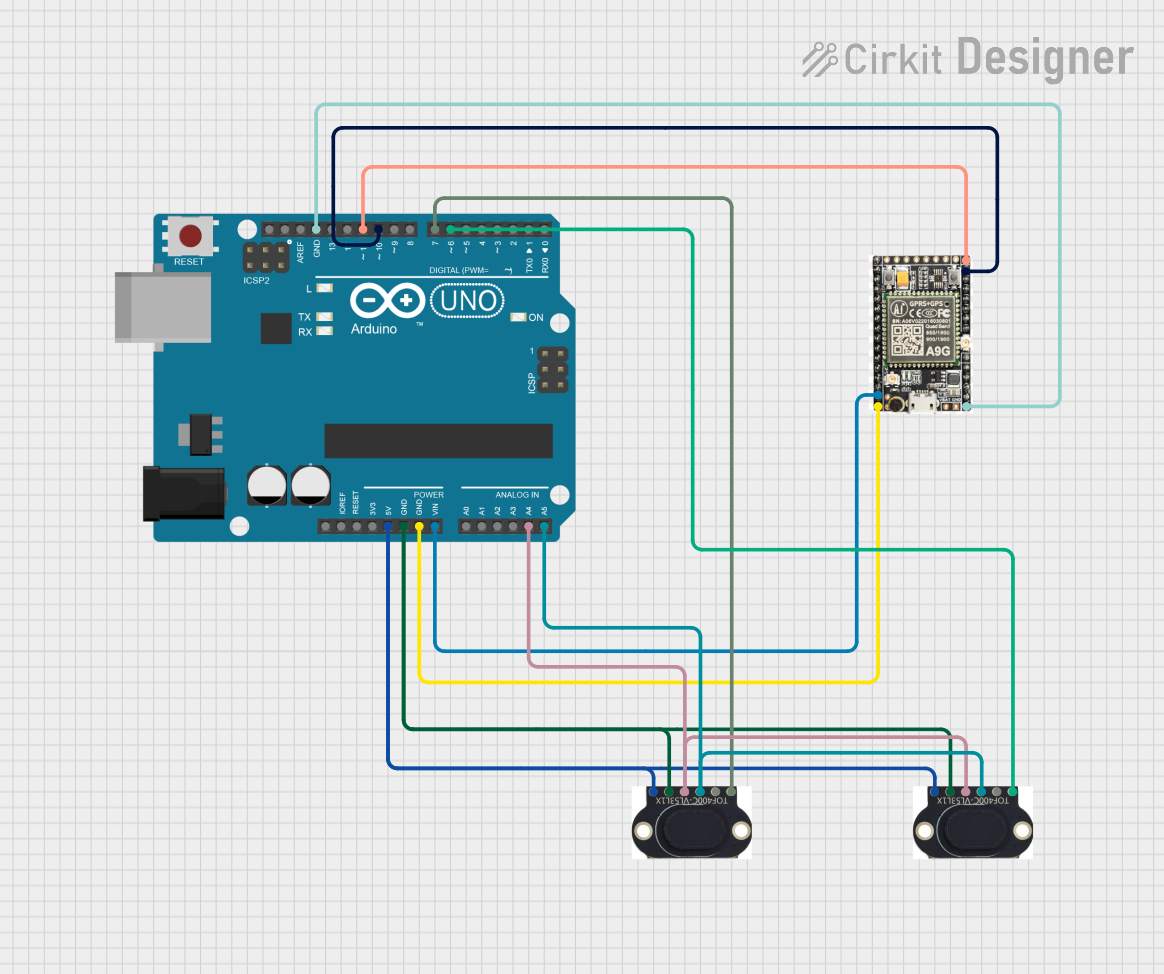
 Open Project in Cirkit Designer
Open Project in Cirkit DesignerExplore Projects Built with VL53L8CX Time-of-Flight 8×8-Zone Distance Sensor Carrier with Voltage Regulators

 Open Project in Cirkit Designer
Open Project in Cirkit Designer
 Open Project in Cirkit Designer
Open Project in Cirkit Designer
 Open Project in Cirkit Designer
Open Project in Cirkit Designer
 Open Project in Cirkit Designer
Open Project in Cirkit DesignerTechnical Specifications
Key Features
- Resolution: 8×8 zone grid
- Maximum Range: Up to 4 meters
- Minimum Range: 4 cm
- Interface: I2C
- Supply Voltage: 2.6 V to 3.5 V
- Emitter: 940 nm VCSEL (Vertical Cavity Surface Emitting Laser)
- Field of View: 63° diagonal
Pin Configuration and Descriptions
| Pin Number | Name | Description |
|---|---|---|
| 1 | VDD | Power supply (2.6 V to 3.5 V) |
| 2 | GND | Ground connection |
| 3 | SDA | I2C Data Line |
| 4 | SCL | I2C Clock Line |
| 5 | GPIO1 | Programmable interrupt output |
| 6 | XSHUT | Shutdown pin (active low) |
Usage Instructions
Integration into a Circuit
- Power Supply: Connect the VDD pin to a stable 2.6 V to 3.5 V power source. Ensure that the GND pin is connected to the common ground in your circuit.
- I2C Communication: Connect the SDA and SCL pins to the corresponding I2C data and clock lines on your microcontroller.
- Interrupts (Optional): The GPIO1 pin can be used to configure interrupts for data-ready events.
- Shutdown Control (Optional): The XSHUT pin can be used to put the sensor into a low-power state when driven low.
Best Practices
- Ensure that the sensor has a clear line of sight to the target for accurate measurements.
- Avoid exposing the sensor to direct sunlight or other strong light sources that could interfere with the measurements.
- Use pull-up resistors on the I2C lines if they are not already present on your microcontroller board.
Example Code for Arduino UNO
#include <Wire.h>
// VL53L8CX default I2C address
#define SENSOR_ADDRESS 0x29
void setup() {
Wire.begin(); // Initialize I2C
Serial.begin(9600); // Start serial communication at 9600 baud
// Configure sensor settings as needed
// ...
}
void loop() {
// Trigger a distance measurement
// ...
// Read measurement result
// ...
// Print the result to the Serial Monitor
Serial.print("Distance: ");
Serial.print(distance);
Serial.println(" mm");
delay(1000); // Wait for 1 second before next measurement
}
Note: This example code is a template to get started. Specific functions to configure the sensor and read measurements need to be implemented based on the sensor's datasheet and library functions.
Troubleshooting and FAQs
Common Issues
- No Data: Ensure that the sensor is correctly powered and that the I2C connections are secure.
- Inaccurate Readings: Check for obstructions in front of the sensor and avoid reflective surfaces near the target area.
- Intermittent Operation: Verify that the voltage supply is within the specified range and stable.
FAQs
Q: Can the sensor measure distances through glass or transparent materials? A: No, the sensor cannot measure through transparent materials as the light will either pass through or reflect off the surface.
Q: What is the maximum I2C speed supported by the sensor? A: The VL53L8CX supports I2C speeds up to 400 kHz (Fast Mode).
Q: How can I change the I2C address of the sensor? A: The I2C address can be changed by writing to the I2C address register. Refer to the sensor's datasheet for the specific procedure.
Q: Is the sensor suitable for outdoor use? A: The sensor is designed for indoor use. Outdoor conditions such as direct sunlight may affect its performance.
For further assistance, consult the sensor's datasheet and the manufacturer's technical support resources.